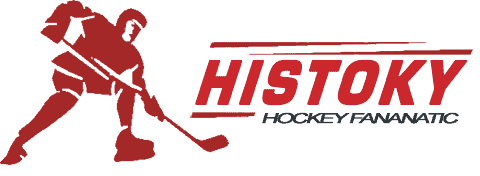Double-Entry vs. Multiple-Entry Visas: A Guide to Selecting the Ideal Visa for Your Journey
Understanding the nuances between double-entry and multiple-entry visas is critical for travelers looking to explore foreign destinations. Travel documentation is a mandatory aspect of international travel. Choosing the right type …
Double-Entry vs. Multiple-Entry Visas: A Guide to Selecting the Ideal Visa for Your Journey Read More